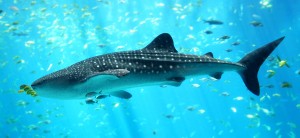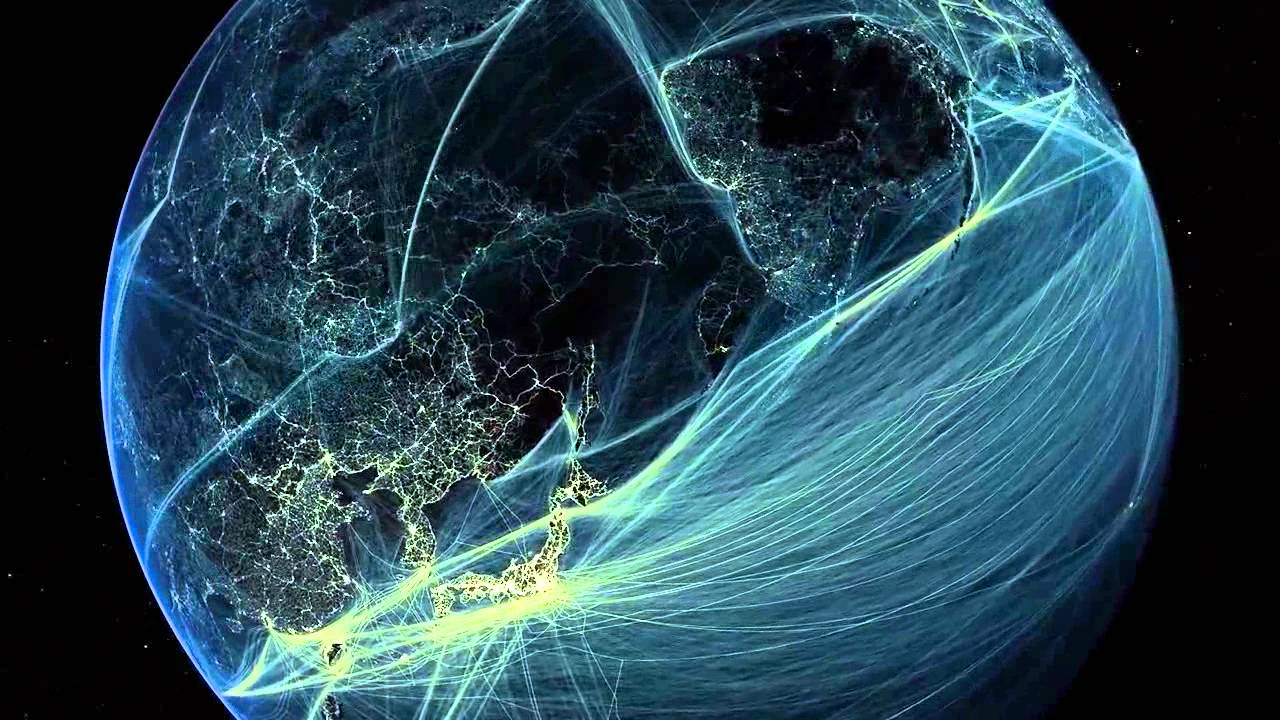Racing Extinction, a Discovery Channel documentary released in 2015, is full of beautiful and horrifying images that are not easily forgotten. From majestic whale sharks to slaughtered manta rays, the subjects of this new documentary reveal nature’s beauty and force viewers to confront the detrimental effects of human activity on the planet.
The documentary introduces its viewers to the Anthropocene, the geological age that began when human activities became a driving force for major geological changes. The film mixes cogent scientific facts with captivating images to convey the urgency of the crisis facing our planet—an emergency stemming from global climate change and mass species extinction.
Scientists predict that within the next 100 years, 50 percent of Earth’s species will become extinct if we continue down this path. Species go extinct regardless of human interference, but in the next decade alone, humans will drive other species to extinction ten times faster than normal.
Most of the film is dedicated to ocean quality because oceans are crucial to global stability. “When carbon dioxide is emitted into the atmosphere, between a third and a half gets absorbed by the oceans, making them more acidic,” said Louie Psihoyos, director of Racing Extinction, in the documentary. This increased acidity kills phytoplankton—the organisms responsible for producing half of the world’s oxygen supply—and harms many other oceanic creatures.

The film also highlights the illegal market for shark fins in China, which claims the lives of 1.3 to 2.7 million sharks every year. Sharks have survived four mass extinctions in the earth’s history, but now human activity has decreased the shark population by 90 percent in one generation.
The documentary exposes specific ways that humans contribute to the changing geochemistry of the planet. According to Psihoyos, our livestock contribute more greenhouse gases to the atmosphere than all direct emissions from the transportation sector. However, the film also recognizes our ability to solve these problems by providing pathways for people to live more sustainably: “If every American skipped meat and cheese just one day a week for a year, it would be like taking 7.6 million cars off the road,” Psihoyos narrated in Racing Extinction.
The film concedes that large-scale geological changes are not simple problems to solve, but it advocates for people to find a way to help alleviate the problem. Overall, Racing Extinction drives home the message that saving the planet is worthwhile by unveiling the hidden beauty of the earth. The film inspires its viewers to maintain hope and convinces them to see and hear the beauty and vibrancy of the world that surrounds them.

